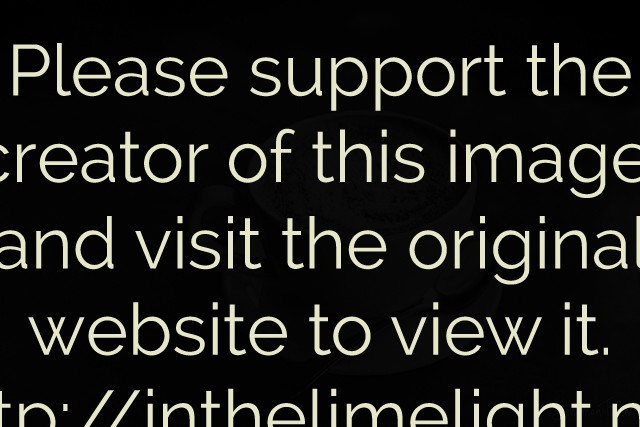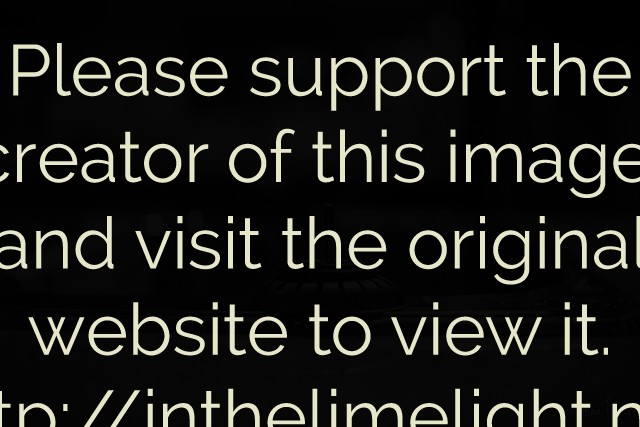The photos that illustrate this post are bad. I’ll explain exactly why at the end.
It’s no secret that film photography is experiencing a resurgence over the past few years.
It’s moved beyond just the hipster “Lomographer” crowd, more and more photographers are rediscovering film or, in some cases, discovering it for the first time.
Cinema, too, is returning to film. What do The Girl on the Train and Star Wars: The Force Awakens have in common? They were both shot on film.
We’re even at the point where Kodak is putting old films back into production, and even releasing new a new Super 8 movie camera. No, film will never be as big as it once was, but it does seem that it will continue to coexist with digital to a degree that few would have predicted just a few years ago.
Digital cameras are indisputably technically better than any film ever made. Digital offers better colour, better resolution, and better low-light performance (this one is not even close), and yes, even better dynamic range. Anyone who says otherwise is simply misinformed or betraying an emotional bias (exactly like people who have convinced themselves that vinyl records are better than more modern tech – they aren’t). So why would anyone want to mess around with film these days?
The majority of the new film community fall into two categories. Young people, early twenty-somethings, who grew up after film was already “dead”. They don’t necessarily think film is better, they just think it’s cool (like vinyl records). Then there are the older people who are nostalgic for the good ol’ days. For them, film is just better. Like vinyl records.
But what about me? Why did I want to experiment with film?
First of all, it wasn’t for any of the usual reasons people give. I didn’t need to be forced to “slow down”. I’ve always been a slow, methodical shooter, even with digital I take very few frames. I didn’t need to stop relying on my LCD. I rarely review anything until I’m home. I don’t buy into any silly arguments about film being more archival; seriously, are you really convinced storing a bunch of organic, biodegradable negatives is easier or more permanent than storing digital images on ever cheaper, smaller and denser digital storage?
I grew up when film was still king, but I rarely got to use it because as a kid I couldn’t afford a good camera, much less film or processing. I had a few toy cameras, and I borrowed a piece of crap 35mm compact made by Vivitar to take across Canada. But, sadly, most of the pictures I took remained undeveloped. And by the time I could afford the 35mm SLRs I had always lusted after, digital was firmly in charge.
So for me, experimenting with film is essentially about exploring what I missed out on. But here are a few specific reasons I find film interesting:
It’s not accurate
Modern digital cameras create accurate images, and a lot of people get really, really obsessed with accuracy. Personally, I hate “accuracy” (except in relation to printing), and that’s why I spend time in Photoshop massaging the RAW files until they look just the way I like them.
But there’s a large contingent of (bad) photographers on the internet who get really excited about boring, accurate images. They tend to be more than a bit hostile towards photographers who edit their photos.
What these people don’t realize is that colour accuracy in photography was fairly rare until recently. Few colour negative films are/were anything close to accurate, and essentially no slide films were. And even the most accurate films were dependent on the temperature of the lighting being exactly matched to the film. The same film will produce wildly different colours on cloudy day versus a sunny day, or if used indoors. And none if this even takes into account the variables introduced through wet printing or even scanning.

